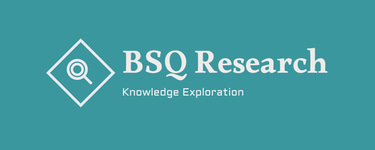Stablecoin Pegging V: Pegging with RWA and AI
How AI and Tokenized Assets are Being Used to Design Modern Stablecoins
BLOCKCHAIN
7/24/20251 min read


Stablecoin Pegging V: AI and RWA Pegging
Statblecoin Design Goals and the Trilemma
Let us look more closely into some of the fundamental goals of stablecoin design and how recently proposed protocols attempt to achieve these goals.
As Kampakis (2024) notes, stablecoin design has three goals: Decentralization, Capital Efficiency, Stability. All three goals cannot be achieved simultaneously. This is sometimes known as the "Stablecoin Trilemma". The three standard stablecoin designs prioritize two of these goals, at the expense of the third one.
Fiat-backed stablecoins achieve high capital efficiency and stability, but need centralized reserve holding
Crypto-backed stablecoins are decentralized and stable, but are overcollateralized and capital inefficient
Algorithmic stablecoins are decentralized and capital efficient, but sorely lacking in safety and stability
New Designs
In recent months some new protocols have been proposed that attempt to resolve this trilemma, at least to an extent, by using AI and real-world asset tokens. For instance, the JANUS protocol proposes the following structure: issue two tokens, Alpha, the stablecoin that is “soft-pegged” to the reference price, and Omega, the “buffer” coin that is backed by RWA. In a stress event, the AI adjusts the system to sell Omega and buy Alpha. · The core idea is twofold: add RWA to Crypto collateral to reduce the need for overcollateralization, and use AI to monitor prices, collateral etc and adjust fees, rewards etc. to maintain the soft peg.
These ideas, or some variants are used in many other AI-based pegging systems:
Use a basket of on‑chain tokenized assets as collateral
Use AI that ingests price data from on-chain oracles and adjusts collateral basket weights
Use soft‑pegs that use target bands
Use on‑chain governance structures for compliance.
Conclusion
These new designs have decentralized their operations using on-chain oracles, governance, and smart adjustments, and they use dynamic weighting schemes to reduce the requirment for substantial overcollateralization. They have also proposed intriguing new ideas to achieve safety and stability. However, this aspect of the design will need to be battle tested with real-life stress events before they become widely accepted. Meanwhile, it will be a good idea to test their safety through simulation stress-tests.
BSQ Research
Transforming businesses with cutting-edge AI research
© 2025. All rights reserved.
